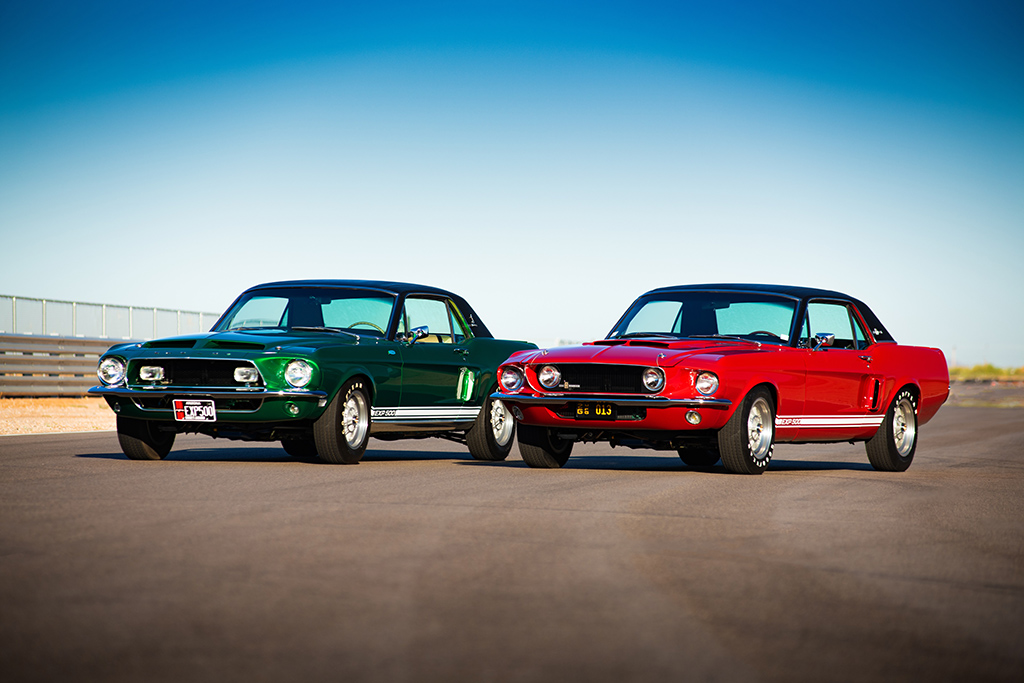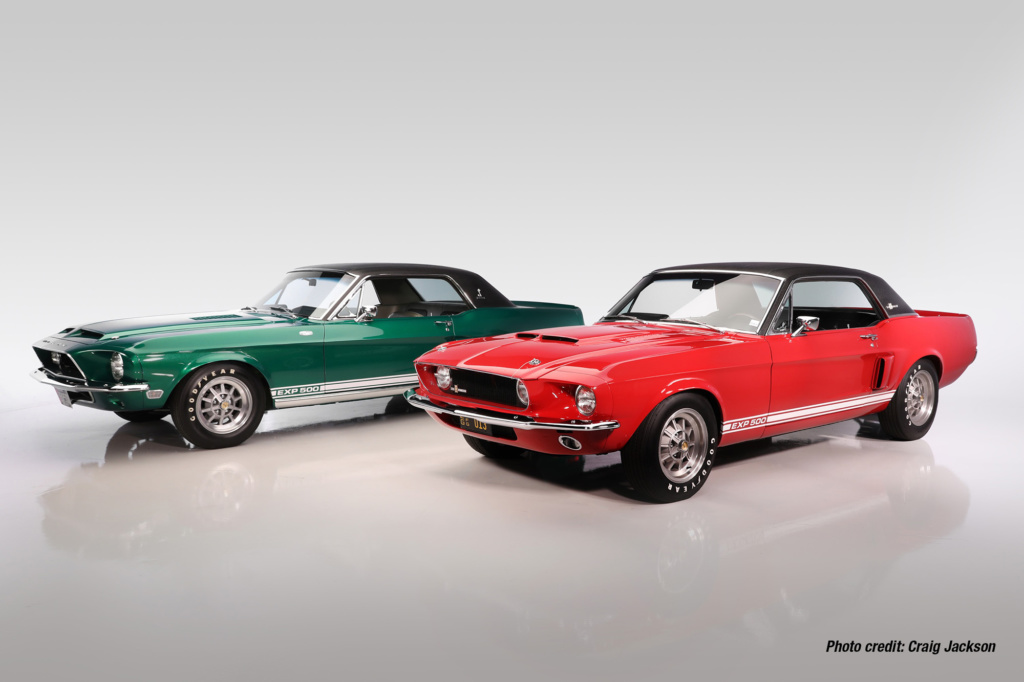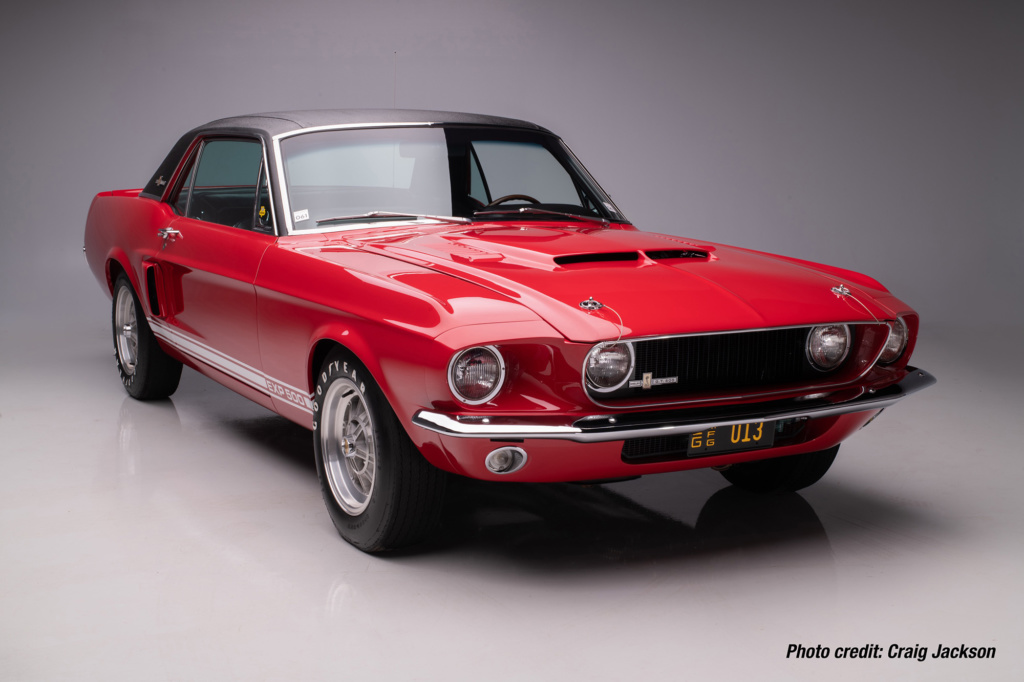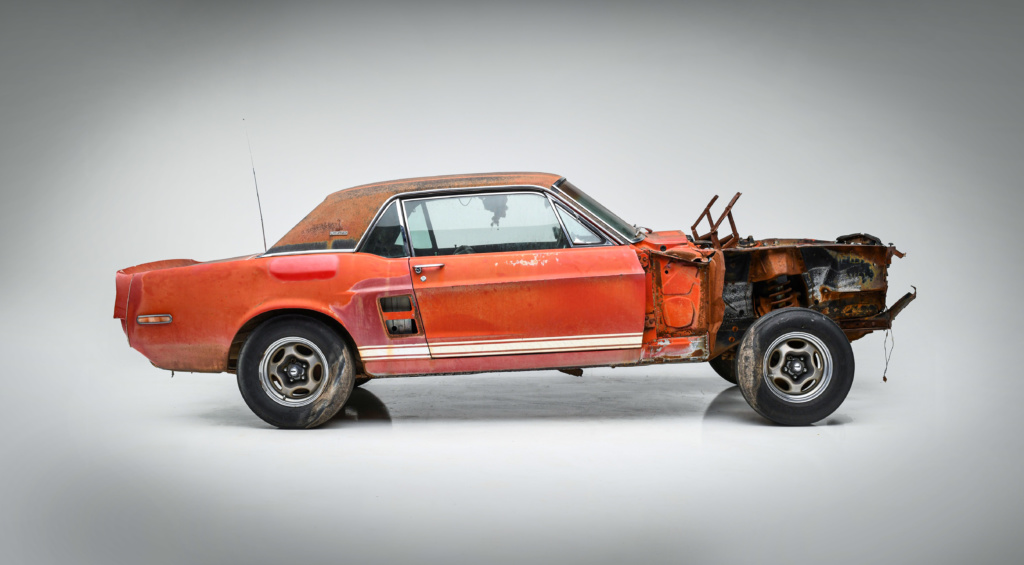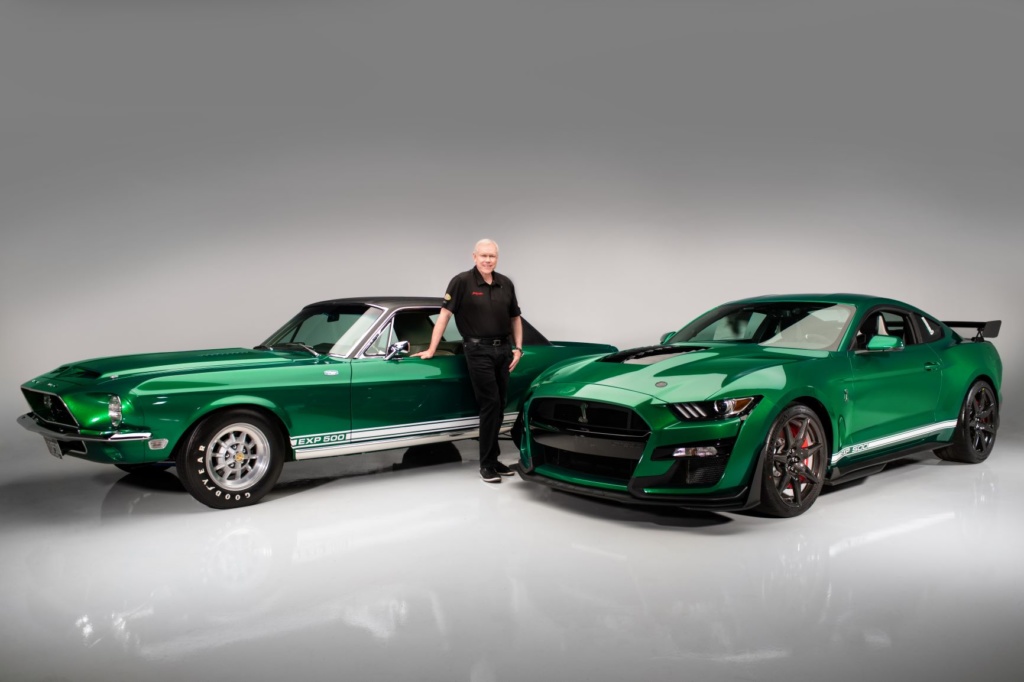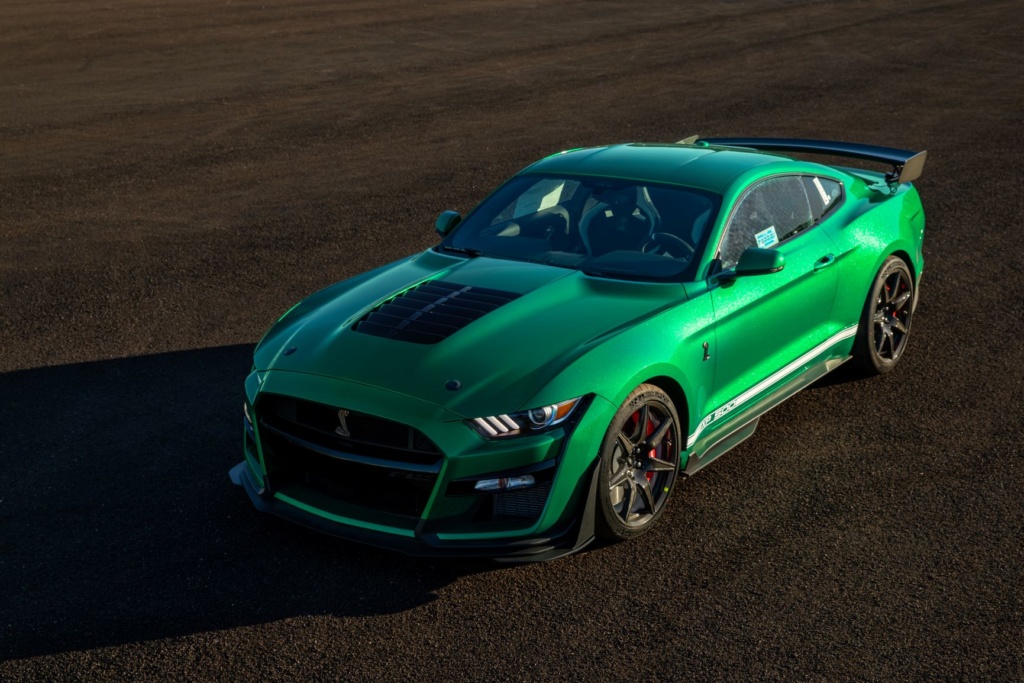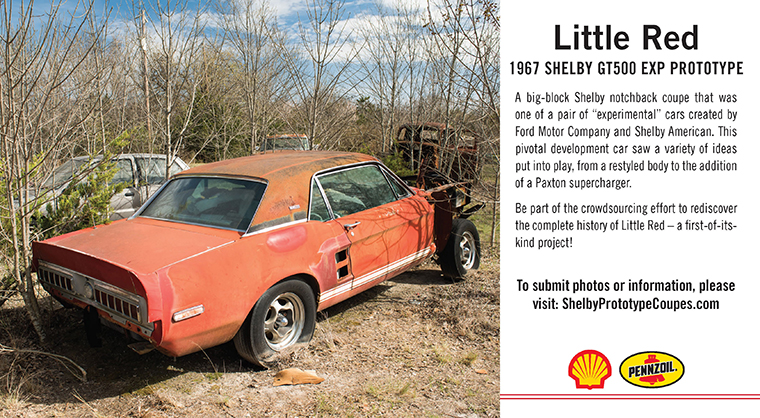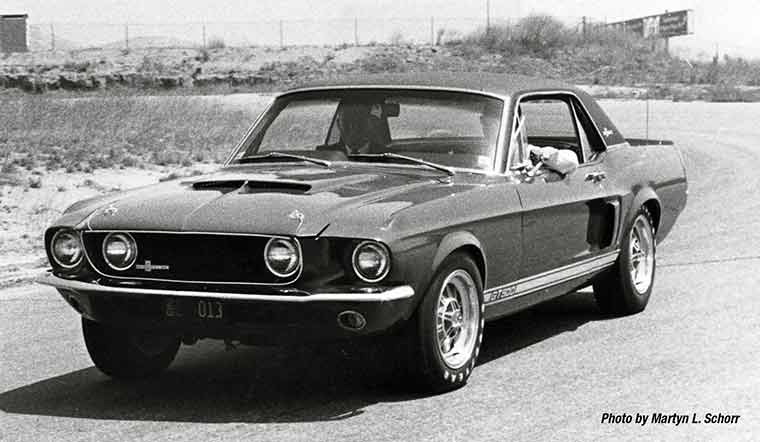SCOTTSDALE, Ariz. ‒ March 16, 2021 – Craig Jackson and his team’s epic search, recovery and restoration of the fabled lost 1967 Ford Shelby EXP 500 prototype dubbed “Little Red” and painstaking restoration of the experimental 1968 Shelby EXP 500 known as the “Green Hornet” will be featured in documentaries sponsored by Barrett-Jackson, The World’s Greatest Collector Car Auctions, in partnership with Shell/Pennzoil. Narrated by Carroll Shelby’s grandson Aaron Shelby, the two hour-long films will premiere on A+E Networks’ FYI channel March 18 at 9 and 10 p.m. Eastern time; and will then be broadcast on the History channel on March 21 at 8 and 9 a.m. Eastern time. The documentaries will also be available on demand via Barrett-Jackson’s popular YouTube channel as of March 21.
“Every collector and historian dreams of making such an incredible find,” said Craig Jackson, chairman and CEO of Barrett-Jackson. “We rewrote history throughout this process of locating, purchasing and restoring “Little Red,” a car long believed lost, and bringing “The Green Hornet” meticulously back to its Shelby Automotive prototype form. And along the way, we fundamentally changed the way that collectible cars are documented by effectively crowdsourcing information about each of these historically significant vehicles. I couldn’t be more grateful to the incredible team who made this happen, including the visionaries at Shell/Pennzoil, who supported the projects from the very start.”
Watch “The Hunt for Little Red” trailer
Watch “The Legend of the Green Hornet” trailer
During a casual conversation in 2018 with Jason Billups, founder of Billups Classic Cars and Auto Body, who was restoring Jackson’s 1968 Shelby EXP 500 Green Hornet prototype,” the fate of Little Red became a hot topic. Billups believed the car could be located and Jackson dared him to find it.
“This Shelby prototype was one of the most sought-after and elusive vehicles in postwar history,” said Jackson. “For decades, everyone claimed the car was crushed, wrecked or stolen, making Little Red the holy grail of missing cars. Since many experts swore that it no longer existed, we carefully documented every step. As this story evolved, it felt a lot like a Hollywood blockbuster. Through our documentaries and website, collectors and enthusiasts can relive every moment of the adventure.”
Ford Motor Company and Shelby American built Little Red and the Green Hornet as experimental cars to test bleeding, not leading, edge technologies.
“Ford and Shelby were riding high in the mid-1960s, having beaten Ferrari on the international racing stage,” said Steve Davis, president of Barrett-Jackson and the past owner of the Green Hornet. “They wanted to transfer that success to the street, so Green Hornet and Little Red became key parts of their advanced engineering programs. From superchargers and electronic fuel injection to four-wheel disc brakes and independent rear suspension, these Shelby’s were platforms to pioneer advanced technologies in use today. The Green Hornet quietly passed between a couple of owners including myself before its restoration, but most were convinced that Little Red was forever gone. Through meticulous documentation, those myths were replaced with stories that are even more fantastic.”
Jackson, Billups and team began seeking the proverbial “needle in a haystack.” Through careful research and a great deal of luck, they discovered Little Red in a rural North Texas field.
The painstakingly thorough and fully documented restoration of the pivotal developmental cars brought the duo back to life, and now they stand reborn as the only notchback coupes to ever wear the Shelby nameplate. The documentaries, which were produced by Z Media and sponsored in part by Shell and Pennzoil, were filmed over a two-year period, with countless hours spent interviewing people with firsthand knowledge of the cars or specific parts of the cars.
The two documentaries – “The Hunt for Little Red” and “The Legend of the Green Hornet” – tell the fascinating journey of discovery and bringing the cars back to their original glory in what many consider to be among the greatest stories of American automotive history ever told. As much of that journey as possible will be shown in the two one-hour documentaries with even more content shared on Barrett-Jackson’s YouTube channel.
